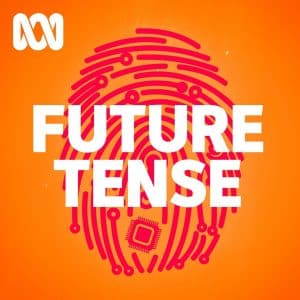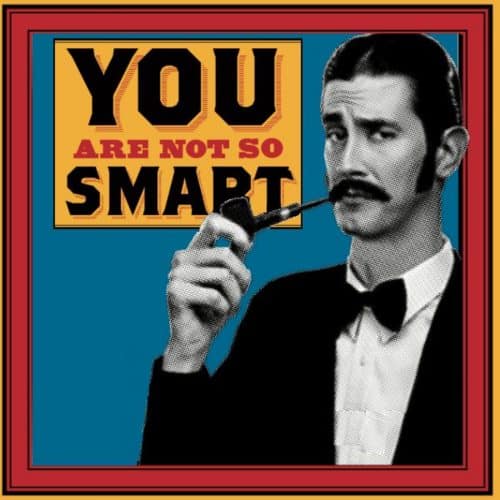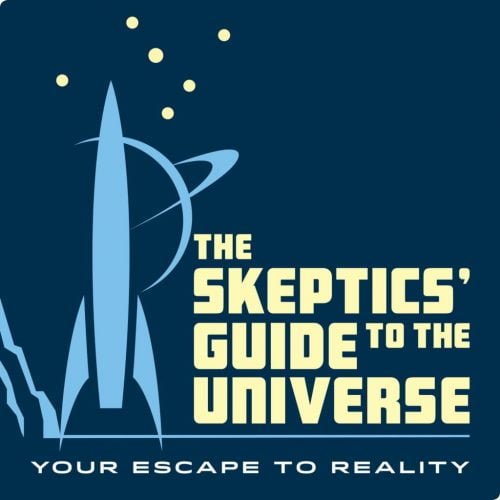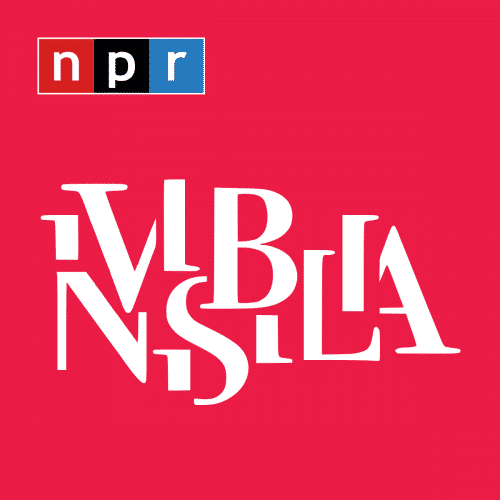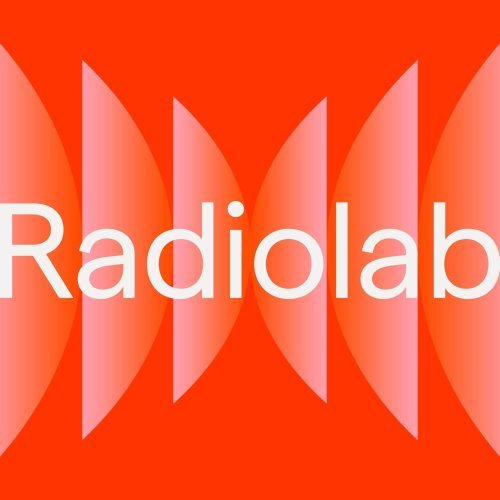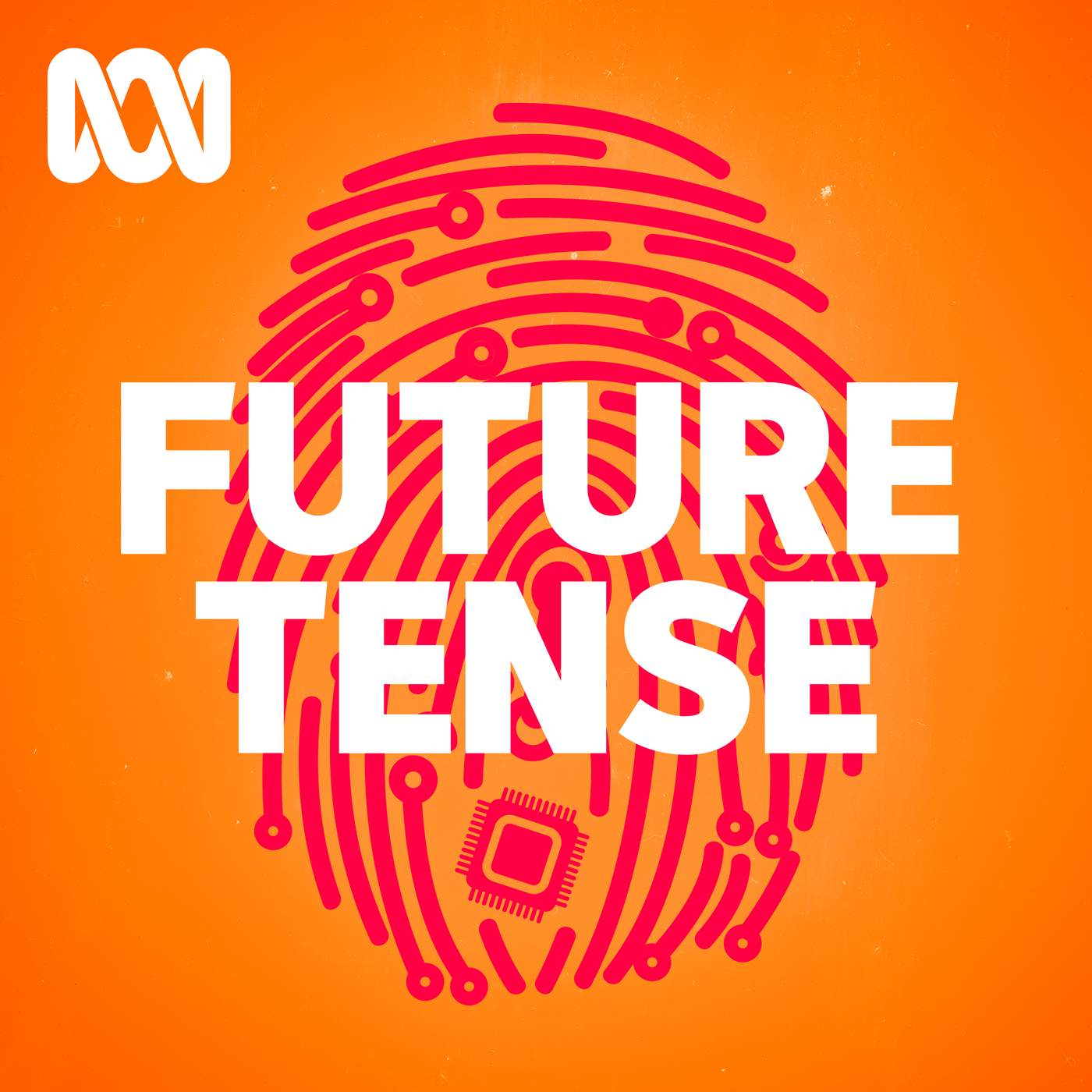
A critical look at new technologies, new approaches and new ways of thinking, from politics to media to environmental sustainability.
A series of massive underground tombs for nuclear waste are currently under construction. They’ve taken decades to plan and build and they’re designed to house the world’s nuclear waste for millennia to come. So where are they being built? How safe will they be? And how to devise a toxic waste warning sign that will make sense to people living tens of thousands of years from now?
Also, the latest research on how climate change is beginning to impact on internal migration within countries.
Guests
Mark Piesing — a UK-based freelance journalist
Dr Shastra Deo — Nuclear semiotics expert and author, School of Communication and Arts, University of Queensland
Professor Raya Muttarak — Professor of Demography, University of Bologna (Italy)
Lisa — a climate-concerned resident of South-east Queensland
Further information
Mark Piesing’s article: How to build a nuclear tomb to last millennia


